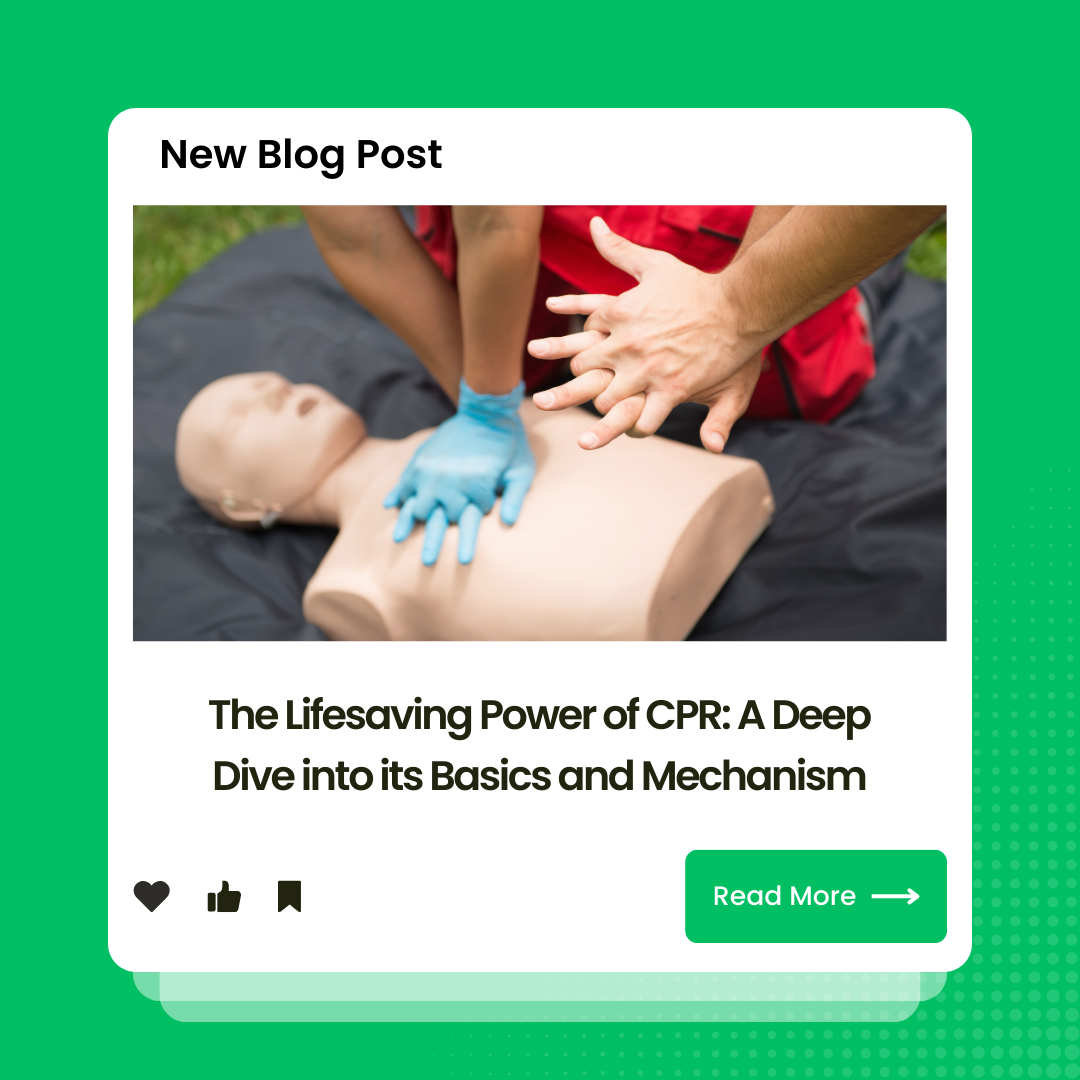FREE FREIGHT AUSTRALIA WIDE FOR ORDERS OVER $200

The Lifesaving Power of CPR: A Deep Dive into its Basics and Mechanism
Australia, with its beautiful beaches, rugged terrains, and adventure-packed activities, is a haven for explorers and locals alike. But with adventure comes the unpredictability of life, and it's crucial to be prepared for emergencies. One such essential skill is CPR, or Cardiopulmonary Resuscitation.
Drawing insights from the esteemed Australian Resuscitation Council, let's delve into the basics of CPR and its inner workings.

What is CPR?
Cardiopulmonary Resuscitation (CPR) is a life-saving technique used in emergencies when a person's heartbeat or breathing has ceased. It's the bridge that can keep a person alive until professional medical assistance arrives.
Why is CPR so Crucial?
Imagine the brain as a power-hungry organ. Without oxygen, brain cells can begin to die within minutes, leading to potential brain damage and eventually death. When the heart stops, it no longer pumps oxygen-rich blood to the brain and other vital organs. CPR steps in here, acting as a manual pump to keep the blood circulating.
The Two Pillars of CPR:
- Chest Compressions: By pressing down hard and fast in the centre of the chest, we manually pump blood from the heart to the rest of the body. The Australian Resuscitation Council recommends a depth of at least one-third of the chest diameter and at a rate of 100-120 compressions per minute. It's vital to allow the chest to return to its normal position after each compression.

- Rescue Breaths: While chest compressions cater to circulation, rescue breaths address oxygenation. After every 30 compressions, two breaths are given, ensuring the lungs are supplied with oxygen, which the blood then carries to the brain and other organs.

When Should You Use CPR?
If you come across someone who is unconscious and not breathing normally, it's time to start CPR. Always ensure your safety first, and if possible, ask someone to call for emergency services while you begin CPR.
A Few Key Points from the Australian Resuscitation Council:
- If you're unsure about the normality of the breath or the presence of a pulse, it's better to start CPR.
- For those hesitant about giving mouth-to-mouth due to potential risks, chest compressions alone are better than doing nothing.
- Automated External Defibrillators (AEDs) are becoming more common in public spaces. If one is available, use it. AEDs can significantly increase the chances of survival.

In Conclusion:
CPR is more than just a medical procedure; it's a beacon of hope, a lifeline in the gravest of situations. The Australian landscape, as beautiful as it is, can sometimes throw curveballs. By understanding the basics of CPR, you equip yourself with the power to potentially save a life, making every corner of our great nation just a little bit safer. For more comprehensive guidelines and training, always refer to the Australian Resuscitation Council's official resources.
